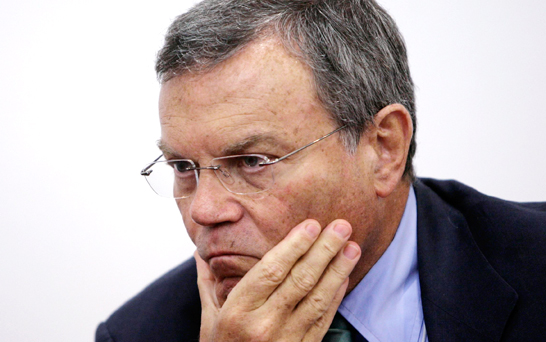Editor’s note: Please welcome Nathan Archambault of AKQA in NYC to AdPulp. An earlier version of this article appeared on Maybe I’m Gravy.
The old advertising agency model, the one where Madison Avenue agencies took their sweet and expensive time, isn’t working anymore.
It’s time for a forced retirement.
Sorry, old model. The nature of the business has changed. Client relationships have splintered and the traditional methods by which agencies profited are shrinking or disappearing. Clients want more effective work and they want it faster and cheaper.
Agencies are left with a clear choice: become more nimble, flexible and cost-effective or fade away. As Jeff Goodby recently admitted, we’re past the time for quick fixes.
It’s time to build a more agile agency. Here are a few things agency leaders can do.
Reduce logistics.
Today’s agency doesn’t need the same departments that were once a centerpiece to the creative offering. Goodby folded project management into account management and scaled back in-house production, opting to work with more outside vendors. Other agencies have eliminated the studio department, instead leaving final design responsibilities to creative instead of to a separate department.
Ask your agency: What departments are redundant, outdated or inefficient?
Operate like a newsroom.
It’s time for agencies to get out of the meeting business and get into the making business. The old model has too much overhead, too much process and too many barriers getting in the way of the work. An agency should feel like a living organism with the sole goal of producing great work, and nothing else should matter or get in the way. Oreo operated like a newsroom during last year’s Super Bowl and we all know how that turned out.

Ask your agency: What can we do to get out of the way of the work?
Replace perfection with experimentation.
In the past, clients demanded perfection and the agencies that delivered it thrived. These days, experimentation returns more on investment. Google launches everything in beta and future updates are expected and (mostly) welcome. The important thing today is getting your product, service or campaign idea to market. Once people have access to it, you can gather feedback, revise and repeat. This is what successful startups like Instagram, Foursquare and Path do and it works pretty well for them.
Ask your agency: What can we make today and worry about making better tomorrow?
Hire doers, not thinkers.
Agencies used to be able to hire creative teams to sit around and think up big ideas. But teams that lack the craft to build the ideas they come up with aren’t pulling their weight today. They’re requiring the agency to hire someone else to execute and bring the vision to life. The jig is up, big thinkers: Being clever and having good taste is no longer a job. That’s why side projects are the new main course – they’re the work of a doer.
Ask your agency: Who actually makes things around here?
Cast for talent.
Interpersonal relationships and unique skills matter more than staffing plans. The need may be for an ACD-level copywriter, but it’s important to be open to creative solutions when filling this or any position. An agile agency wants to find people with the right mindset, regardless of whether or how they fit into a particular department or job title. With the right people in place, an agency can cast for projects, not staff for them.
Ask your agency: Are we hiring the best people first and determining their role later?
Deconstruct the process.
It doesn’t make sense to implement the same process for every project. These days, unlike when advertising was mostly made of TV and print, each project is different from the last. Michael Lebowitz, Founder and CEO of Big Spaceship, gives his teams a framework instead of a process. This allows each team, each operating as mini-agenices, to bubble up a unique process that leads to more unique work.
Ask your agency: Are we finding new paths to the end goal of creativity?
Integrate every department.
The different stages of any given project shouldn’t feel like a baton pass. The brief can’t spend weeks with strategy before being handed off to the creative department, and later to production. AKQA CCO Rei Inamoto believes that agencies need to combine strategy, storytelling and software in order to build emotional and useful connections with people. This means that creative, strategy and technology work together from the start, making each team more invested at every stage of the process.
Ask your agency: Is each team member a stakeholder from the beginning?
Maybe you’re not in a position to change the way your agency operates. But there is something you can do: you can join an agency that believes in the game-changing power of agility.
In this agile age, one thing is for certain: the inflexible will be left behind.
Previously on AdPulp: The Google To Adlandia: Be Lean And Agile Like Us, And You’ll Be Rich Like Us
The post Seven Steps To A More Agile Agency appeared first on AdPulp.





